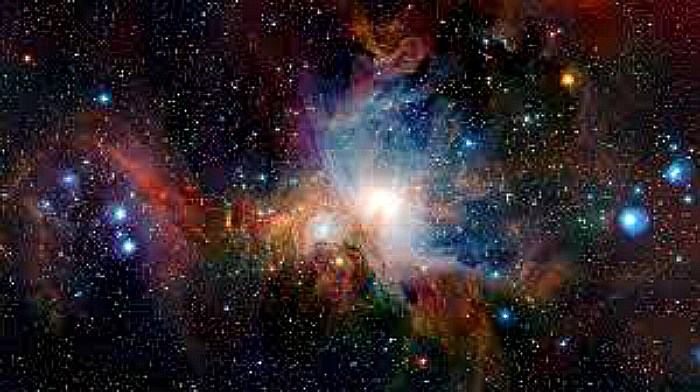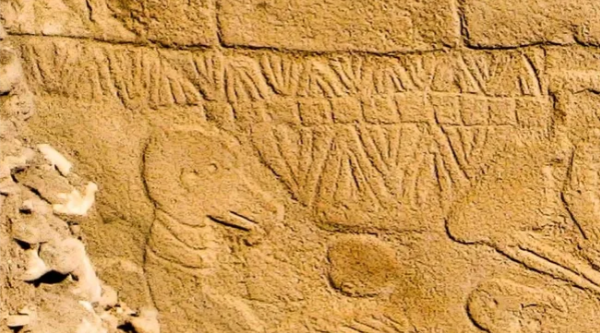
- A-
- A
- A+
Astronomers discover the biggest object in the Universe so far - the BOSS Great Wall
As if staring up at the night sky didn’t make us feel small already, astronomers have recently announced the discovery of the BOSS Great Wall, a group of superclusters that span roughly 1 billion light-years across and represents the largest structure ever found in space.
The BOSS Great Wall, which sounds aptly named for its size but actually stands for the Baryon Oscillation Spectroscopic Survey, is a string of superclusters connected by gases lying roughly 4.5 to 6.5 billion light-years away from Earth. Thanks to gravity, these superclusters stay connected and swirl together through the void of space.
Now, multiply that insane thought by 10,000 and you have the BOSS Great Wall. To our limited scope, it is effectively infinite.
However, not everyone agrees that the super structure should even be considered a structure at all. The argument is that these superclusters are not actually connected. Instead, they have dips and gaps between them that are sort of linked by clouds of gas and dust.
This loose connection causes a debate every time 'great wall-like' structures are found. In the end, the arguments seem to boil down to personal definitions of what constitutes a single structure with most researchers agreeing that they are one.
Despite the debate, the BOSS Great Wall is so far the largest object ever found in space. Even more mind-boggling is the fact that there are a lot of 'great walls' of superclusters floating around thousands and millions of light-years away.

 Elm TV
Elm TV
 Photo
Photo
 Video
Video





